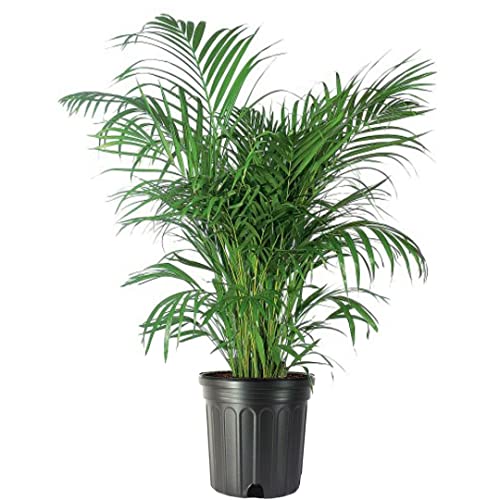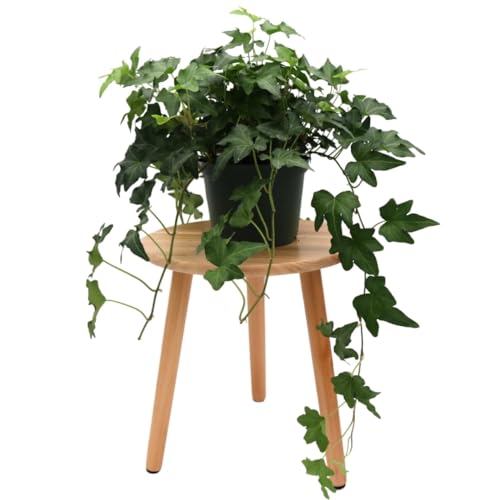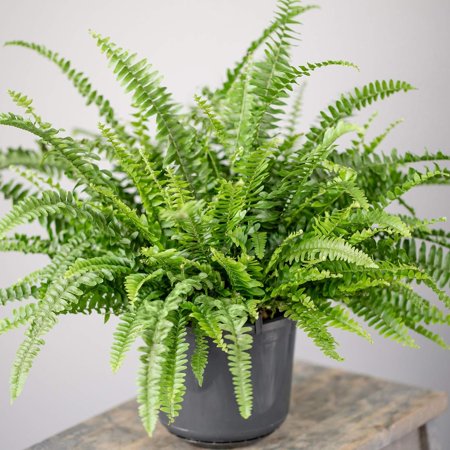5 Houseplants That Reduce Condensation — "They'll Help Take Moisture Out of the Air"
Plants can bring so much to a home, including practical perks like removing moisture that can cause problematic condensation
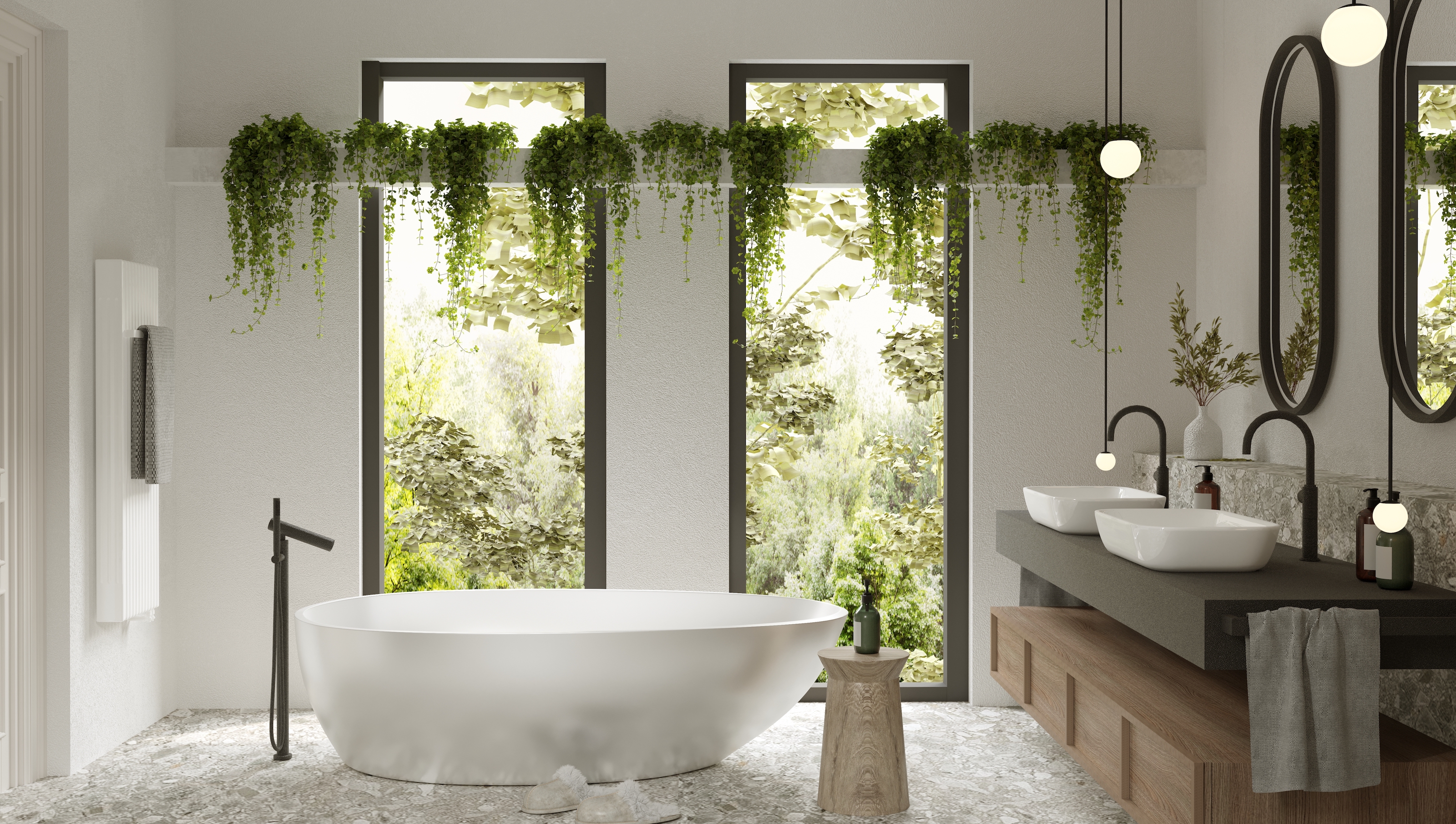
When it's warm (and damp) inside, and cold outside, condensation can form on walls and windows. It's not ideal, and the best way to clear it is to open windows and ensure your home is well ventilated, especially when showering, cooking or doing laundry. However, the best houseplants for removing condensation may help too.
Condensation is made up of water droplets that are formed when water vapor in warm air hits a cold surface (such as a window or wall). Plants affect indoor air quality in many ways, so can your indoor garden reduce water vapor?
'While plants can contribute to improving indoor air quality by increasing humidity levels, they do not directly remove condensation,' says Paris Lalicata, plant expert at The Sill.
'Condensation is typically a result of temperature differences between indoor and outdoor environments, and it can occur on surfaces like windows and mirrors.
'However, by selecting houseplants that thrive in humid conditions and improving overall air circulation, you can indirectly help reduce condensation.'
1. English ivy (Hedera Helix)
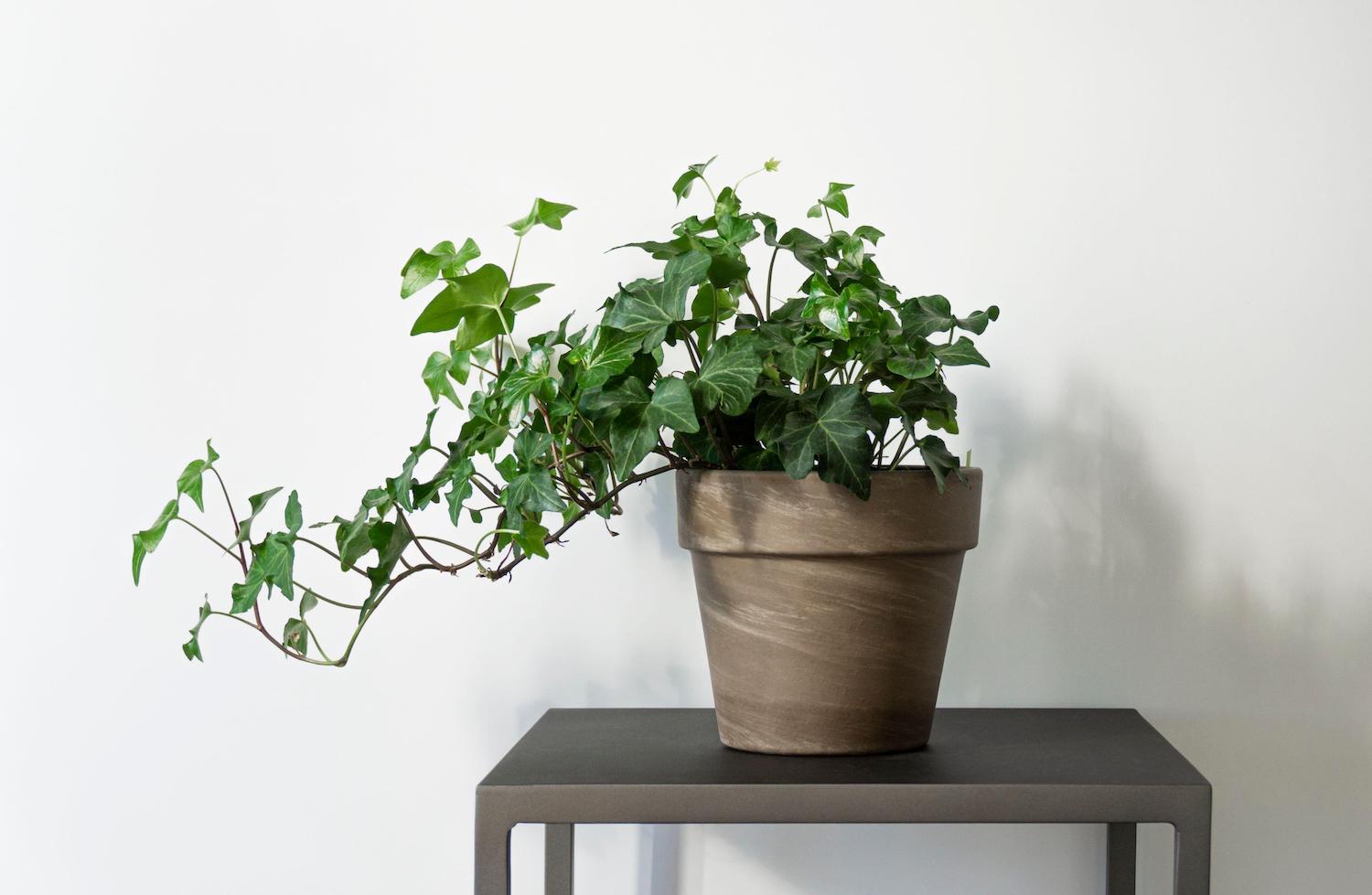
Known for growing abundantly in cold, dark and damp conditions, English ivy may be a useful plant in your indoor air improvement armoury. Although, you'll likely need several plants to have any impact.
'English Ivy is known for its ability to absorb excess moisture from the air,' says George Brown, founder, Urban Leafy. 'This characteristic makes it particularly useful in rooms where condensation is a problem.' You can definitely consider it one of the best houseplants for bathrooms.
'By absorbing moisture, it can help lower the humidity level in the air, thus reducing the potential for condensation on surfaces like windows and walls.'
2. Snake plant (Sansevieria)
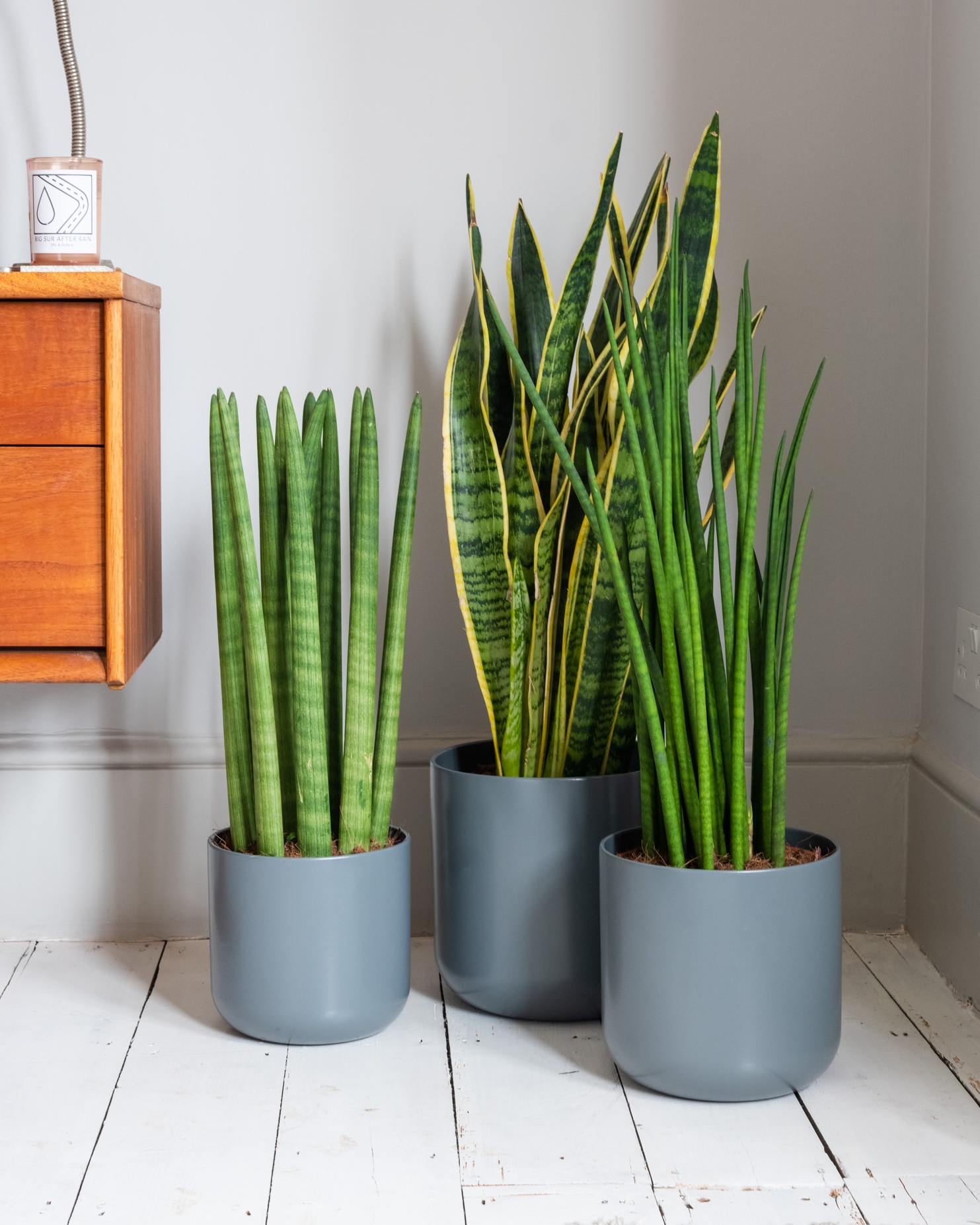
Snake plant care is relatively easy, making it one of our favorite low-maintenance houseplants; however, the snake plant is also advantageous to indoor air quality. Its unusual method of photosynthesis means it releases oxygen at night, unlike most other plants, which release CO2.
'The Snake Plant is an excellent choice for managing indoor humidity levels,' says George. 'It absorbs moisture from the air during the night, which can help reduce overall humidity levels.'
'This absorption can be particularly beneficial in preventing the buildup of condensation. Additionally, its air-purifying properties contribute to a healthier indoor environment.'
3. Boston fern (Nephrolepis exaltata)
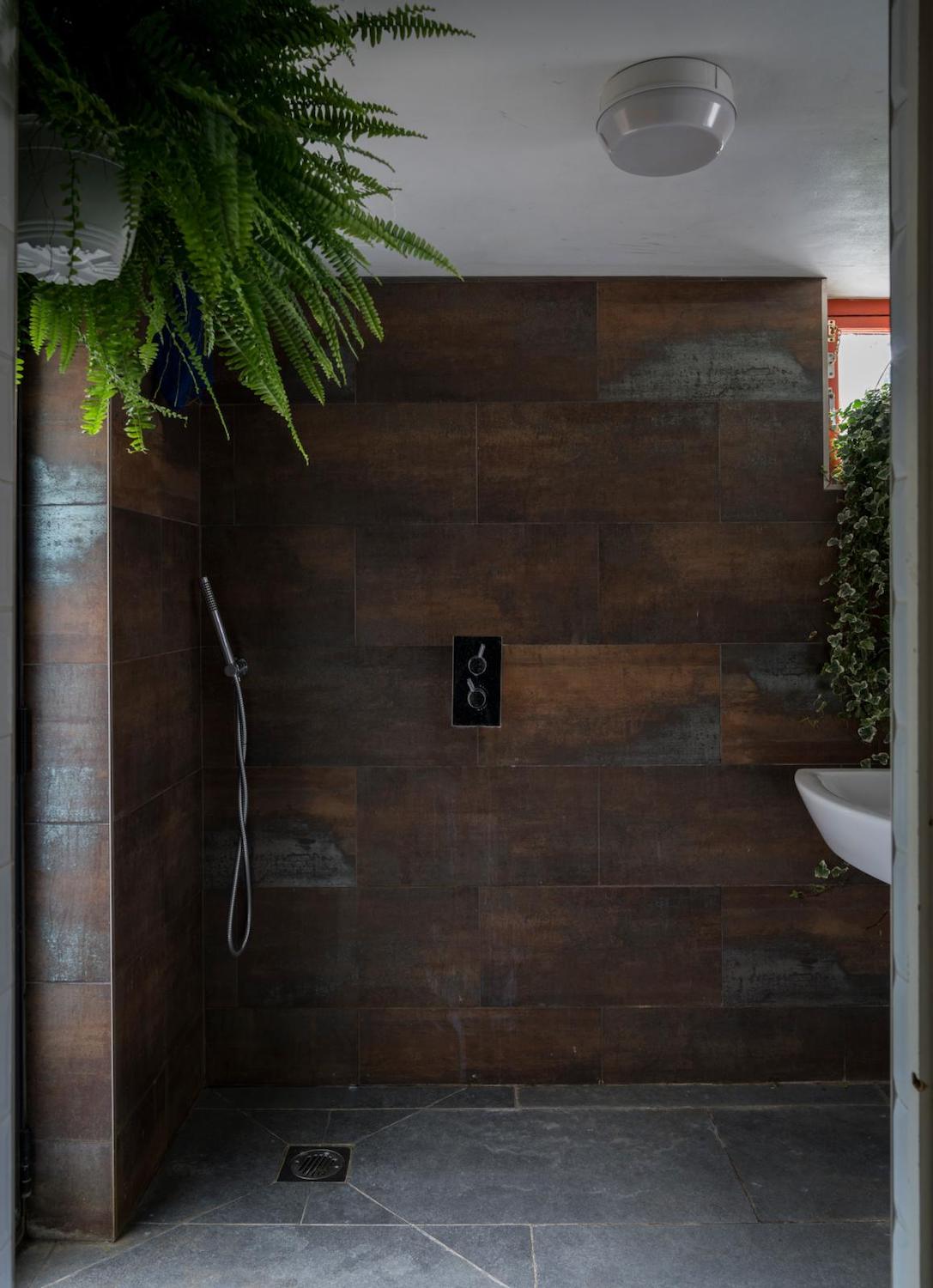
Originating from the tropics, Boston ferns love humid spaces, so are often placed in bathrooms, where they tend to thrive. As forest-floor dwellers, they also prefer dappled or indirect light.
Whether ferns actually remove condensation or are plants that can prevent mold is up for debate. However, they will take in moisture from the air, which in turn may reduce water vapor, which can lead to condensation.
'Boston Ferns act as natural humidifiers, but their role in managing condensation is more about air purification and moisture regulation,' says George. 'In areas like bathrooms, where humidity levels can fluctuate significantly, Boston Ferns can help maintain a more stable humidity level, reducing the risk of condensation buildup.'
'Boston Ferns specifically have fine leaf fronds that will use up the water around them in order to keep those thin leaves happy and prevent them from drying out,' adds Tamara Hogan, plant expert at Fast Growing Trees.
'Often if you are keeping a plant in an area that tends to collect condensation, that is an area with higher humidity and plants like Ferns love those environments.'
4. Spider plant (Chlorophytum)
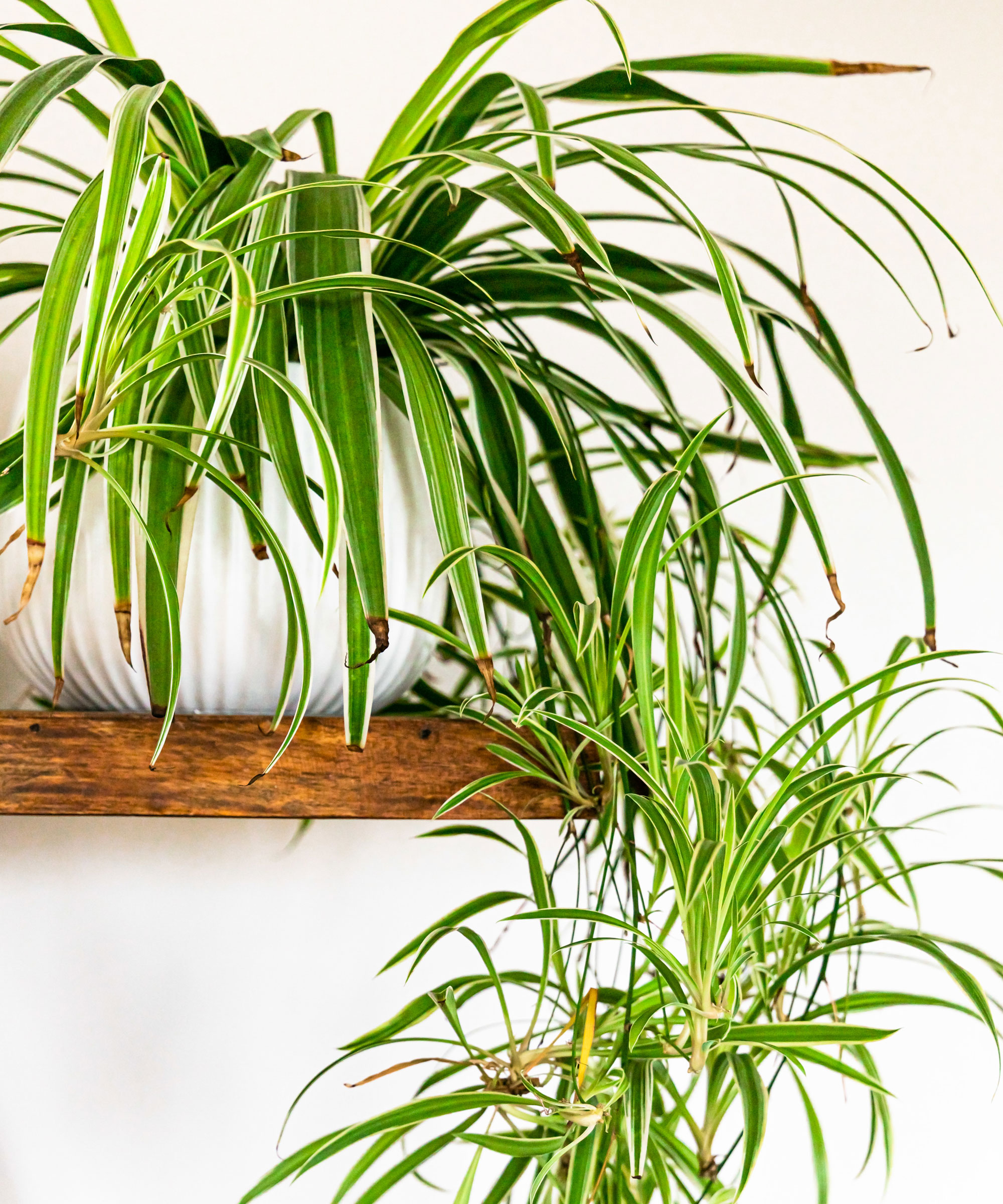
Not only are spider plants one of the best houseplants for beginners, and easy to propagate, they have a number of practical advantages too. From air-purifying to absorbing humidity, these plants will improve your indoor environment in multiple ways.
'Spider plants can handle being in a wide range of environments within a home,' says Tamara Hogan. 'When it comes to higher humidity areas, they are able to take up that water vapor and get it back to their roots.
'Spider plants are great at this because they send out runner shoots in order to propagate baby plants. Because they are doing this in the air, a more humid environment allows for them to develop those babies and even start to send out air roots which will take up that water.
'They are a good example of a plant that helps with condensation by actively using that humidity to its advantage. Keep their environment bright with access to water vapor.'
5. Areca palm
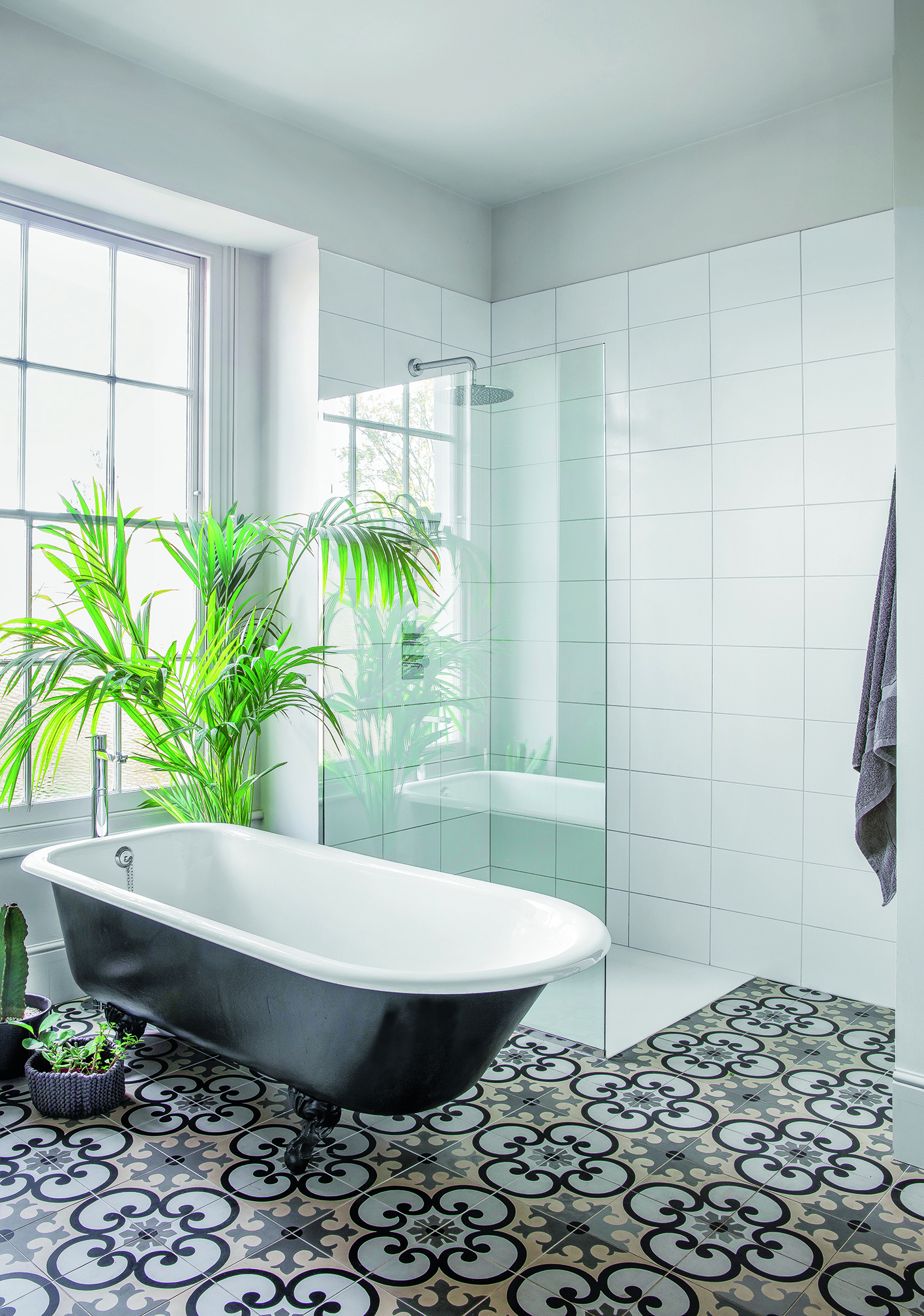
Areca Palms give a room gravitas and elegance, they may help absorb excess water vapor too.
'It's easy to overwater a palm indoors, as we want to take care of them and give them all the support they need,' says Tamara Hogan. 'But when it comes to removing condensation, this is a great way to relieve plants like an Areca from us needing to water them constantly.
'With their thin, long, pointed foliage, those plants are susceptible to drying out, especially on the tips of their leaves. By taking up the water in the air, this helps to support the newest growth at the end of their leaves. So keep an Areca palm in a bright area that has access to humidity.'
Be The First To Know
The Livingetc newsletters are your inside source for what’s shaping interiors now - and what’s next. Discover trend forecasts, smart style ideas, and curated shopping inspiration that brings design to life. Subscribe today and stay ahead of the curve.
Jacky Parker is a London-based freelance journalist and content creator, specialising in interiors, travel and food. From buying guides and real home case studies to shopping and news pages, she produces a wide range of features for national magazines and SEO content for websites
A long-time contributor to Livingetc, as a member of the team, she regularly reports on the latest trends, speaking to experts and discovering the latest tips. Jacky has also written for other publications such as Homes and Gardens, Ideal Home, Red, Grand Designs, Sunday Times Style and AD, Country Homes and Interiors and ELLE Decoration.
-
 Turns Out the Coolest New Café is Actually In Your Kitchen — Here's How to Steal the Style of TikTok's Latest Trend
Turns Out the Coolest New Café is Actually In Your Kitchen — Here's How to Steal the Style of TikTok's Latest TrendGoodbye, over-priced lattes. Hello, home-brewed coffee with friends. TikTok's 'Home Cafe' trend brings stylish cafe culture into the comfort of your own home
By Devin Toolen Published
-
 5 Bathroom Layouts That Look Dated in 2025 — Plus the Alternatives Designers Use Instead for a More Contemporary Space
5 Bathroom Layouts That Look Dated in 2025 — Plus the Alternatives Designers Use Instead for a More Contemporary SpaceFor a bathroom that feels in line with the times, avoid these layouts and be more intentional with the placement and positioning of your features and fixtures
By Lilith Hudson Published
